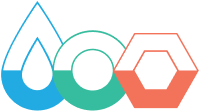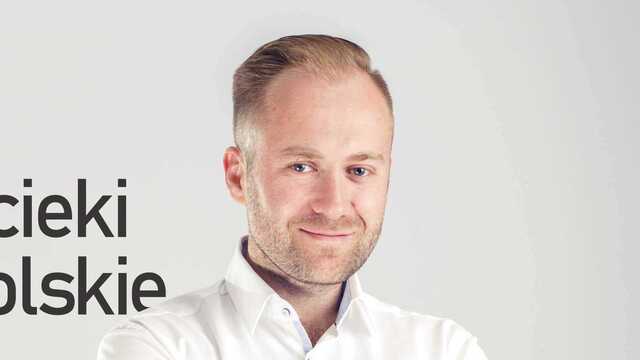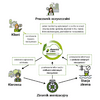11 million Poles are not connected to sewage collection networks. Local municipalities find it difficult to maintain registers of septic tanks and treatment facilities serving individual households. Why is that the case?
The problem is that the construction market in Poland has been growing at a pace that is almost inversely proportional to the pace of expansion of the sewage collection network. The distances between individual homes are considerable, and local governments fail to keep up with the needs when planning new investments. The solutions that are in place already or are planned for the future have been designed to serve the needs of much smaller populations. A couple years later it often turns out that it is not technically feasible to perform large-scale adjustments in order to meet the actual needs of the local communities, or that the necessary financial resources are not available. The lack of adequate infrastructure often stems from the lack of adequate funding, or from the lack of access thereto. It is especially the case for small municipalities. It is also worth mentioning that legal regulations in effect are not very precise – municipalities are obliged to keep relevant records, but residents are not obliged to notify the installation of their septic tank with the authorities.
According to various sources, only about 30% of wastewater is directed to treatment plants. Have you verified such data? What is happening with the rest?
We have analyzed the data of the Central Statistical Office. We have verified the number of septic tanks, the quantity of wastewater per tank and the average consumption of water per household, comparing the data with applicable standards. Our calculations show that 70% of wastewater is never treated. On the other hand, audits performed over the past years by the Supreme Audit Office[1] indicate that the problem is much bigger, as 93% of liquid waste is not directed to treatment plants. This may be caused by a number of factors. Farms, for instance, have been naturally disposing of wastewater and dirty water for years, using it as fertilizer or for watering plants. In the 1990s, non-tight septic tanks were allowed under applicable legal regulations. It was obvious that wastewater was drained into the ground, with the majority of it being simply absorbed by soil. I could give many more similar examples. Several decades ago, the chemical composition of our wastewater differed significantly from that known today and was much less harmful for the environment. At present, we have very good wastewater treatment facilities at our disposal, but the condition of surface waters is appalling, as they are contaminated by numerous hazardous substances. Unfortunately, a considerable portion of our wastewater is not controlled at all and is released to the ground without any treatment. This poses a very high risk of contamination of both surface and groundwaters.
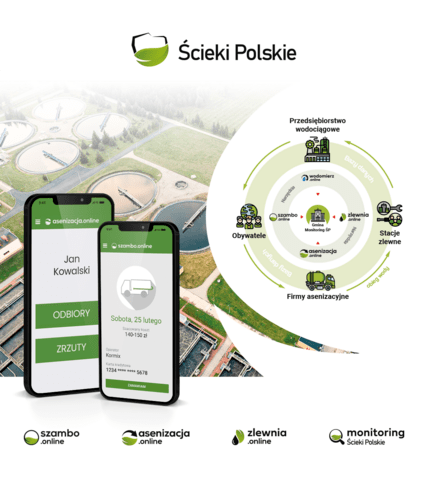
How did you come up with your idea?
Together with my business partner we have been working, for many years now, on various technology and data processing markets. We therefore learned that data processing may be a source of very useful information and some interesting conclusions. We have noted that the issue of untreated wastewater is fully neglected by providers of software and database systems. Wastewater drainage services, in turn, require that an appropriate license be held by their providers. This means that numerous related data bases exist. The problem is that the data available is highly dispersed: each entity operating on the market is in the possession of some data, but nobody has a general overview of all information available. So, we attempted to collect all data in order to create software or a software-based system serving the needs of all wastewater market players: from the owners of septic tanks, to companies offering drainage services, to wastewater treatment plants. This allows us to monitor the path of wastewater from the moment it is generated, through its treatment, all the way to it being discharged to natural water courses. We have simply responded to the needs of many local governments which do not have direct access to all types of data due to the legal regulations currently in effect.
How can your app and software help monitor the flow of wastewater?
Initially, we developed software that was intended to assist consumers. The szambo.online app was created that simplifies the process of ordering liquid wastewater drainage services from a local operator. The other functionality of the app allows its user to virtually measure how full their septic tank is. This minimizes the risk of the tank being overfilled, and the user no longer has to remember about physically checking the level of wastewater. We have created an algorithm that forecasts - based on the history of previous drainage operations and a number of other data, such as weather information or social events - how full the tank is and reminds the owner that a drainage truck needs to be ordered. No physical sensors are used, but according to our data, 90% of users report that the predictions are accurate. Quite importantly, at all locations with the septic tanks not placed behind a fence and being accessible, drainage services are rendered in a safe manner, even without the presence of the owner. After the task has been completed, the owner will receive an invoice by mail and the payment will be collected automatically.
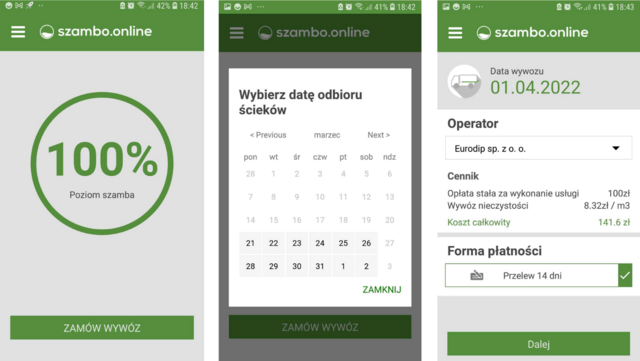
If consumers were able to order waste drainage using your app, the solution was probably taken advantage of by companies providing such services as well? Is the app useful for them?
Yes, the app intended for consumers has helped us identify significant needs of drainage companies that had so far no access to any useful tools or software. And we are talking about an industry that faces a number of challenges related to settling the services and reporting them to local authorities. Our software helps the companies collect information about orders they have performed, register all contracts they have concluded and file invoices they have issued, using the szambo.online app. Such an approach means that we have access to a comprehensive data base with all types of information about household liquid waste. The software is also capable of automatically generating quarterly reports required the authorities, or specifications that are useful for wastewater treatment plants. This significantly facilitates the work of drainage service providers. Establishments providing municipal services are usually large companies that focus on many different areas of activity. A tool that alleviates the workload of their staff was very much appreciated. In addition to operating a fleet of drainage trucks, they often run the treatment facilities as well. This means that their needs are larger, too. It turned out that there was a problem with monitoring who and when transports wastewater to the treatment plant. Information about its source and quantity was also essential. Let me just remind you that reporting applicable data is a statutory obligation of municipal enterprises. So, on the one hand, we offers a range of tools for managing truck fleets, wastewater collections and discharge operations. On the other, we provided solutions for monitoring the collection of waste that is then transported to treatment facilities.
And that is how you have digitized the circulation of liquid waste. What is the role of municipalities in this process? They buy your software as well. How do they use it?
We carried out a pilot project in the town of Środa Wielkopolska. Based on the data collected there, we learned how the system operates in a real-world environment and what the needs of local officials are. For employees of local Environmental Protection Departments who supervise the operation of companies offering wastewater drainage services, we have created a panel allowing them to monitor the circulation of liquid wastewater within the community. The solution is also used for keeping a register of septic tanks and household treatment plants and allows to audit these remotely, making on-site visits redundant. The staff is capable of finding detailed information about the amounts of liquid waste collected and discharged, broken down by individual household and companies. Reports for the Voivodeship Inspectorate for Environmental Protection (WIOŚ) may be generated easily as well. Our software not only improves the effectiveness of local officials, but also makes it easier for them to comply with their statutory duty of exercising supervision. And the number of such duties may rise if the latest amendments to the Water Law and other legal acts come into force, with a particular emphasis placed on the Act on the maintenance of cleanliness and order in municipalities.

You are also active contributors of the Environmental Education Institute. What does the Institute do? What role does it play?
We have noted that the level of awareness about the rules in effect in the wastewater sector is very low. I am talking here about statutory obligations applicable to municipalities, treatment plants, drainage companies and end-customers alike. As we operate on that market, we need to have a thorough knowledge of all applicable regulations. The Institute is a forum that promotes best practices, invites experts and other stakeholders - not only those specializing in wastewater, but also those dealing with broadly understood environmental protection. Working together, we offer webinars, connect communities and facilitate the exchange of experience. Our mission consists primarily in offering education and building environmental awareness.
You have also entered the world of 3W. How can the idea of 3W contribute to the growth of your business? How important may it be for the sector you operate in?
From our point of view, the greatest value of 3W is that it combines the efforts of different communities: it helps businesses reach the representatives of local governments or scientists. Such an approach offers a great added value for us, entrepreneurs. As a company, we intend to expand by relying on a solution that will affect the quality of water flowing from our taps. Clean environment is our overarching objective. Using the 3W idea, we want to reach those municipality heads who adopt a holistic approach to water: they focus not only on managing liquid waste, but also on improving the quality of drinking water and, thus, the quality of life of local residents.
Thank you for sharing your thoughts with us.
[1] 2021 report titled “Protection of surface and ground waters against contamination with municipal liquid waste from areas without sewage collection networks” (https://www.nik.gov.pl/plik/id,25212,vp,27962.pdf)
